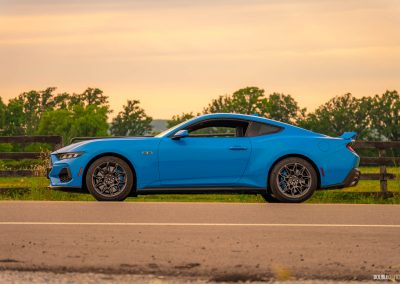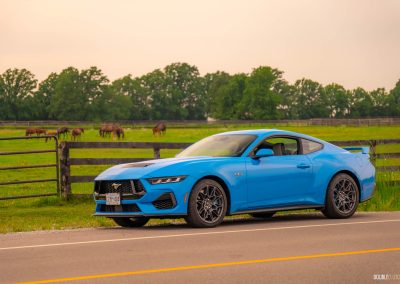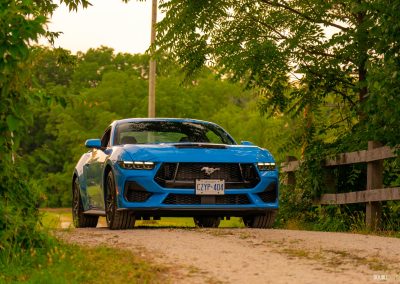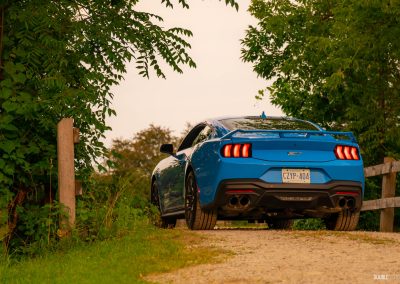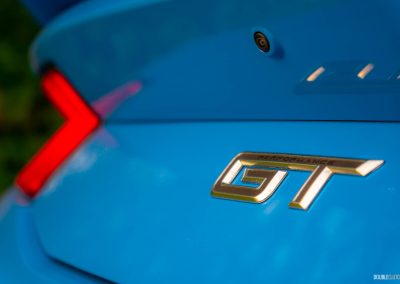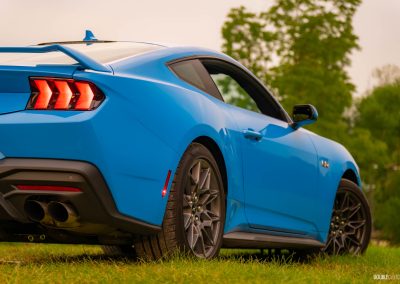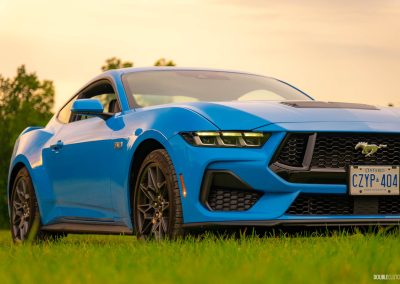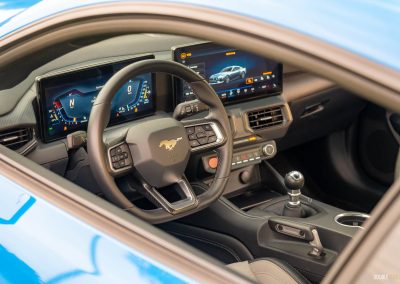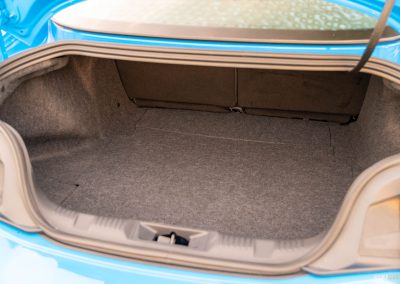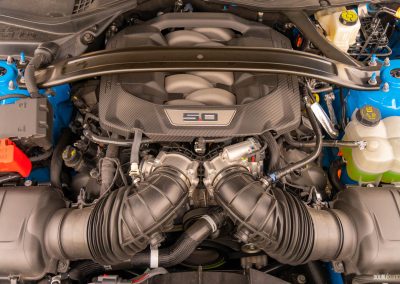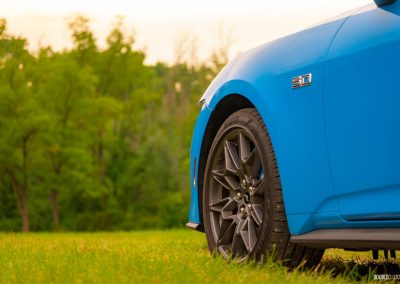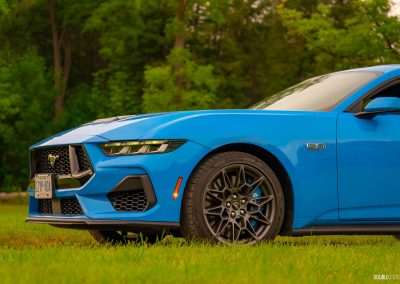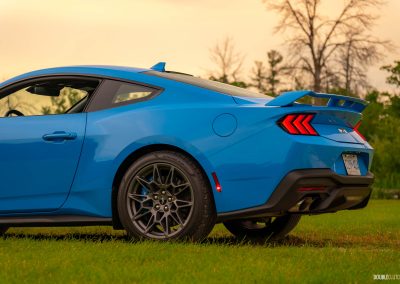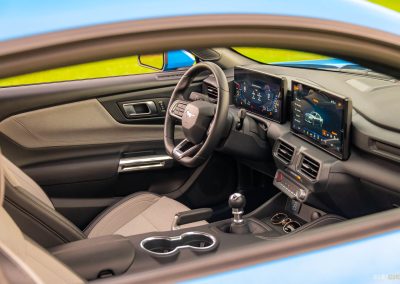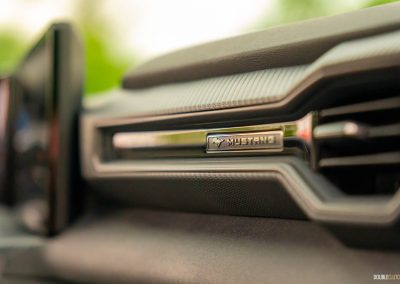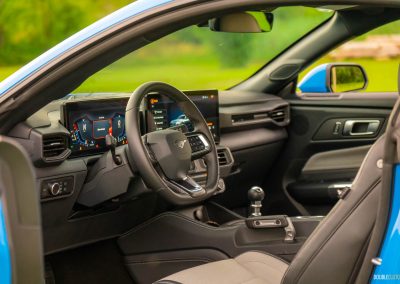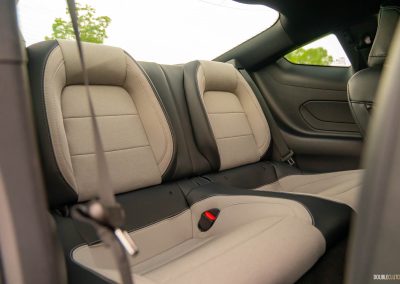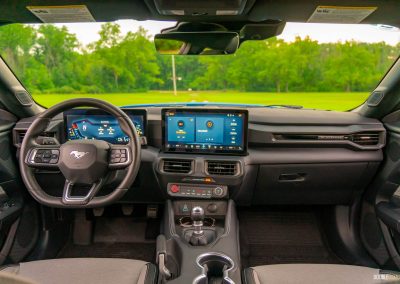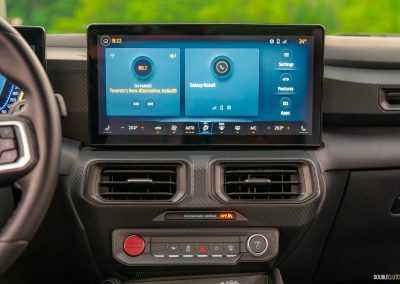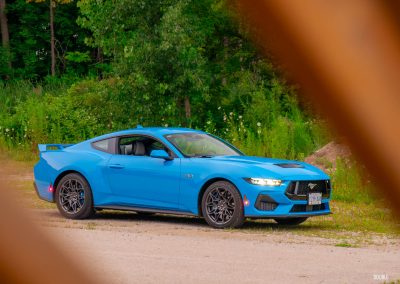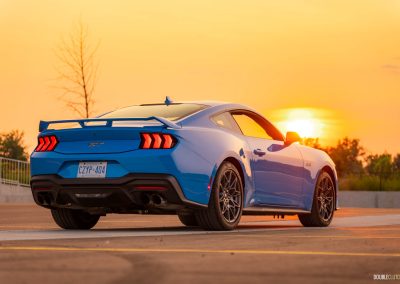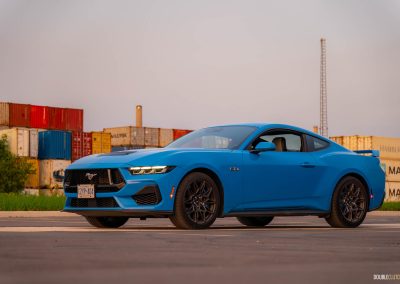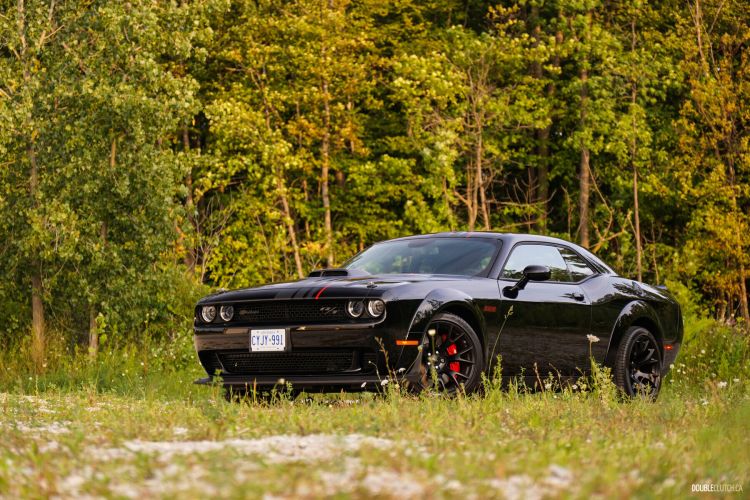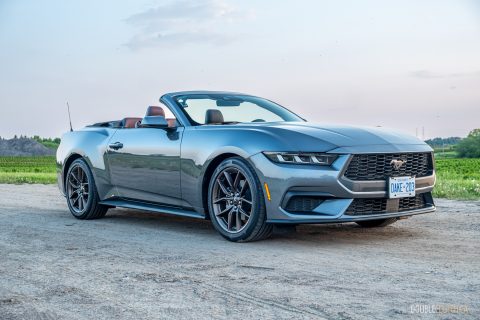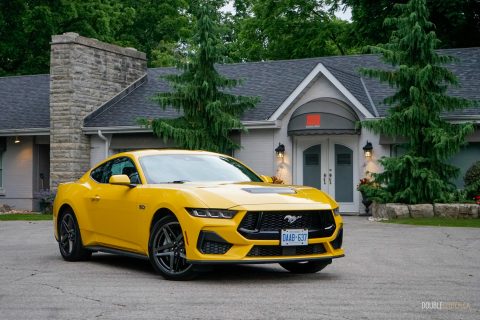For the first time since its birth 60 years ago, the Mustang — specifically, this 2024 Ford Mustang GT Performance Package — is alone. It defined a segment, and now it’s the only car in said segment. There is nothing else like it. It has no real, direct competitors. It stands alone in a class of one. Despite this, the Mustang is still playing to win.
Amazingly, it’s succeeding.
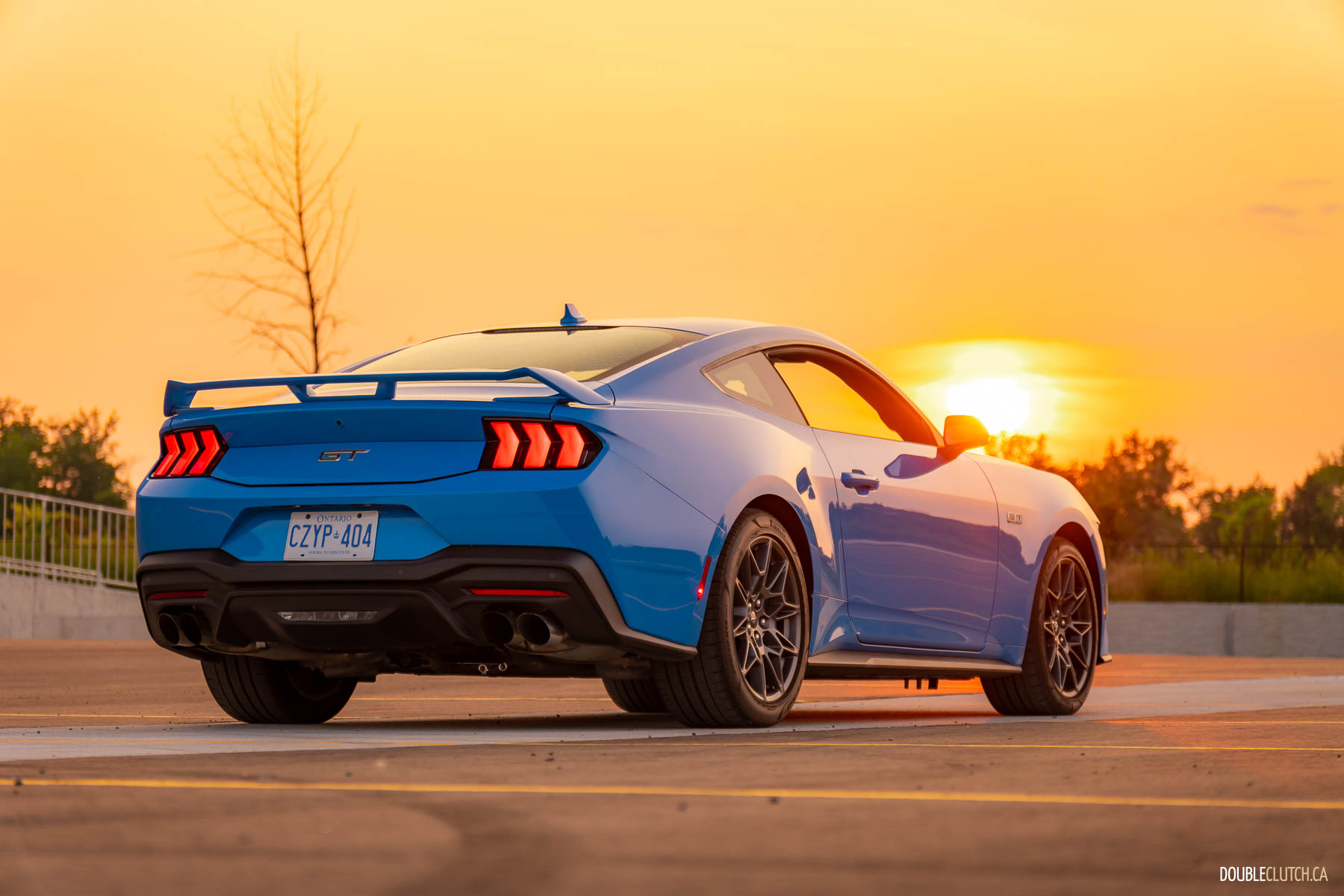
The Mustang was such a revolution on its launch that it spawned its own segment, almost derisively referred to as pony cars. It wasn’t a full-blown muscle car; it was smaller, and at least initially, packed a little less punch than its bigger brethren. It took three full years for GM to answer with the original Camaro, and three more years for Chrysler to hit back with the Dodge Challenger. Both of those badges were resurrected to ride alongside the Mustang in this new millennium, only to be put to pasture again as of last year for the Challenger, and as of the end of this year for the Camaro.
Despite riding on its own without anyone to contest its pace, the Mustang is pushing harder than ever. The “Coyote” 5.0-litre V8 is still alive and kicking, now breathing through two throttle bodies and pushing out 486 ponies with the active exhaust — which makes it sound even more ridiculously delicious. It has the same four modes as before, with Quiet not being that quiet, and only getting brawnier from there.
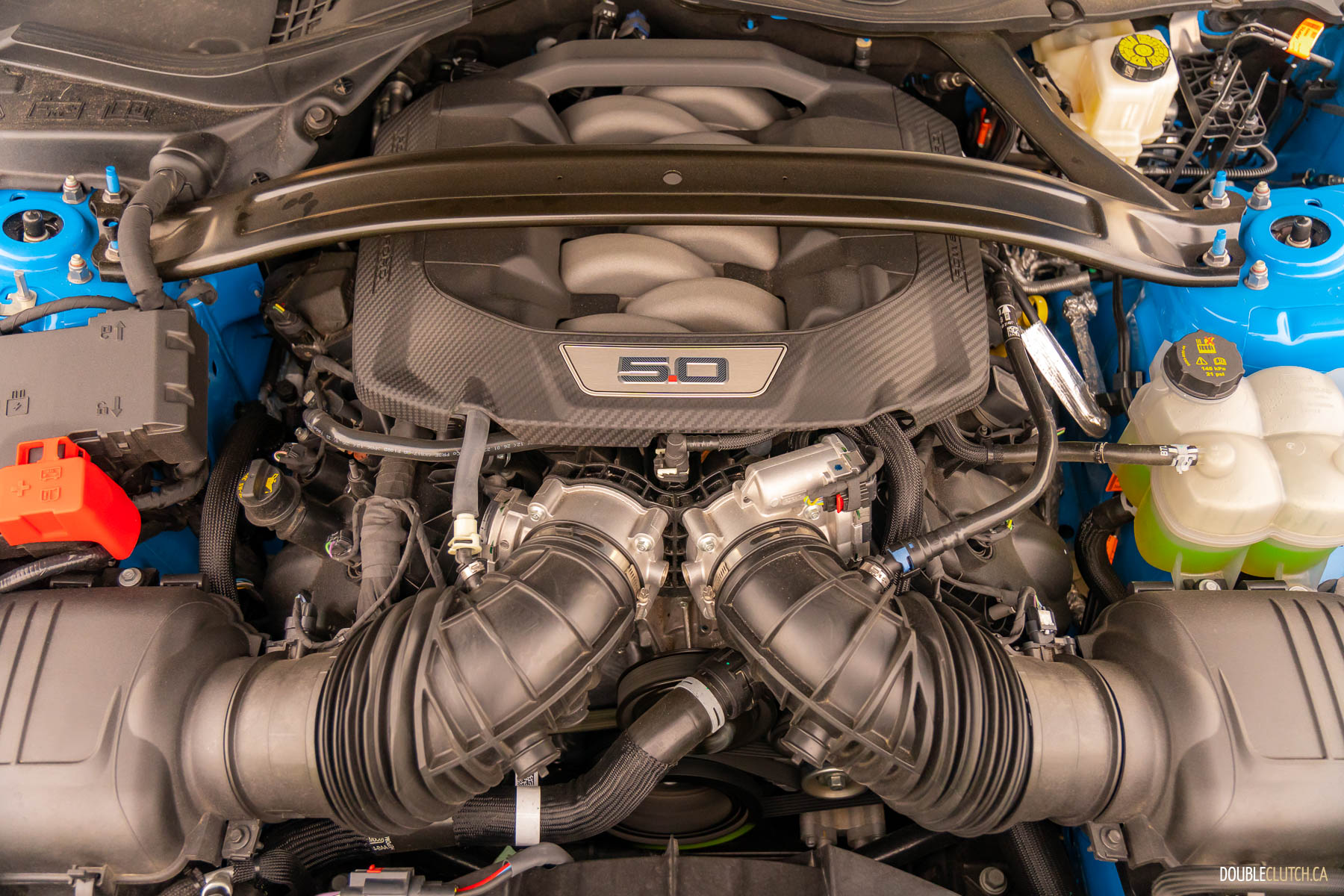
The Coyote is not a traditional American muscle car engine. It’s built very much in a European fashion, with aluminum construction, an oversquare bore/stroke ratio to enable a higher revving character, four cams driving four-valve heads, and a searing 7,500 rpm redline. It almost sounds like a high-strung harmonic Italian on paper, but from the moment you fire it up, there’s no mistaking it’s all-American through and through. It has a distinct thump at idle, a violent metronome, and a discordant grumble that grows as it clears its twin throats and bellows through its mighty lungs, becoming a vicious melody as it nears the upper reaches of its vocal range.
My favourite part is right around 2,500 rpm under load. It takes on an almost ugly mechanical gurgle right before it starts to sing. It’s so insidious.
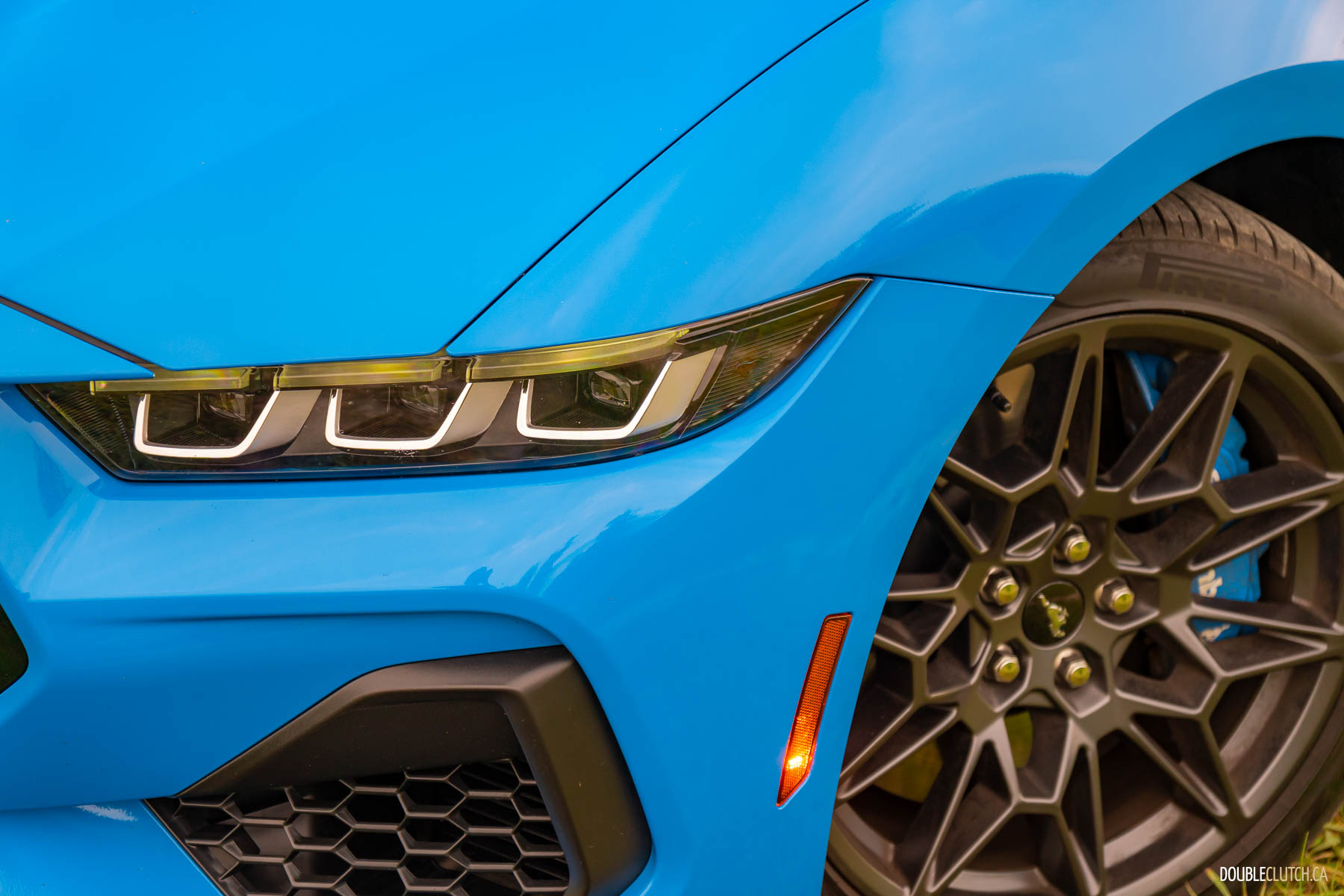
Suffice it to say the engine is good. It was good before, and it’s only become better over the years. The fact that I was able to get 14.8 L/100 kilometres out of it — on cheap gas — while driving like a goof is astonishing. It’s capable of much better, if you care: Ford rates it at 16.8 L/100 km in the city, 10.2 highway, and 13.8 combined.
The Getrag MT-82 six-speed manual returns largely unchanged from before. I don’t think that’s a bad thing. A quick Google search will yield a lot of people poo-pooing this gearbox, and for the life of me I cannot imagine why. It’s sweet to use; the shifter is light and tight, with a just-right amount of mechanical notchiness to delineate its clearly defined gates. It’s augmented with a brilliant rev-matching system that makes anyone look and sound like a hero at the helm. The clutch is easy to read and modulate, and I’m thrilled to report there is zero rev hang. Working in tandem with the slick shifter, this is easily one of the best throttle/clutch/shifter interfaces available today.
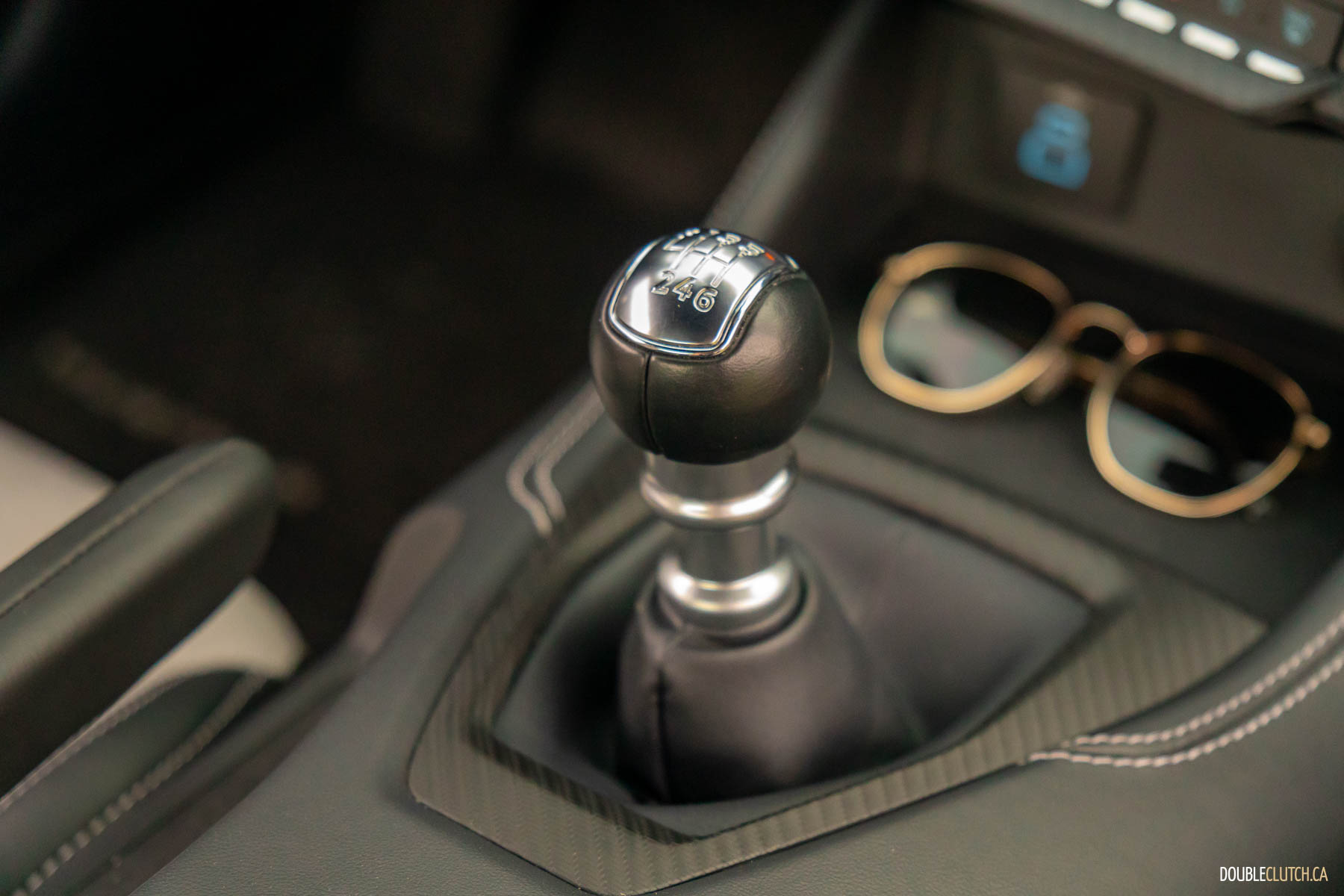
The engine and transmission alone make this a sweet driver’s car, but there’s an entire chassis backing it up. This new Mustang doesn’t change all that much from the last car — which isn’t a bad thing, as it was already incredibly competent — but it’s only become better. The Performance Package adds a lot of serious goodies to enhance the chassis’ prowess, including (but not limited to) stiffer suspenders, a beefier rear sway bar, more bracing, huge Brembo brakes, and sticky Pirelli P-Zero summer tires to hold it all together.
And hold it all together they do. Even with the traction and stability control systems turned all the way off, this pony is planted. Those systems have been carefully calibrated to feel like they’re not there, even leading you into a false sense of feeling like they’re deactivated. They require a very deliberate, long press of the traction-off button to be released from Ford’s fears of your Mustang becoming another meme.

There is so much mechanical grip and such a well-executed safety net that you have to be a complete and total lunatic to get this car to really break traction on hot, dry pavement. Even then, it’s surprisingly progressive in how it lets go, never really feeling spooky. The noise and power make it seem intimidating at first, but after playing with it, this pony is a pussycat.
The only time this animal gets a little sloppy is its steering. This has never been a strong suit for the Mustang, and it still isn’t. The steering linkage is now solid instead of rubber-damped to feel more direct, the front subframe is stiffened considerably for tighter response, and the steering rack is quicker. All told, it feels very sharp on-center with eager turn-in, but it’s maybe a tiny bit overboosted to feel really connected. The multitude of drive modes do nothing to alleviate this.

This doesn’t mean the Mustang doesn’t handle well. It’s well-balanced and agile, and the incredibly capable chassis feels like it can handle far more power, but as is tradition, it lacks a little finesse. It’s the American way. The Viper, Corvette, Challenger, and until recently, the Camaro, never had really great touchy-feely steering. They’ve pretty much always made up for it by throwing more tire and/or mechanical grip to make it an instrument that’s more outright competent than anything else, even if it’s not the most precise instrument.
Where this Mustang is less competent is its interior updates. This is one of those cases where it’s been “upgraded” with new displays, but I’m not sure it’s “better.” The iconic retro dashboard has been replaced a twin-tombstone affair like everyone else is doing, which I don’t love. The previous Mustang’s digital display was more neatly integrated; this just feels screens for the sake of screens, tacked onto the dashboard without much care for presentation. I loathe the two slightly different-sized screens posed next to each other with a small gap in between, and a glaring height disparity going against every ounce of good sense I can think of. It almost feels like punishment for not shelling out for the Premium-trim ‘Stang, which has a frame to unify the screens. But this makes them look generic at best, instead of appalling.
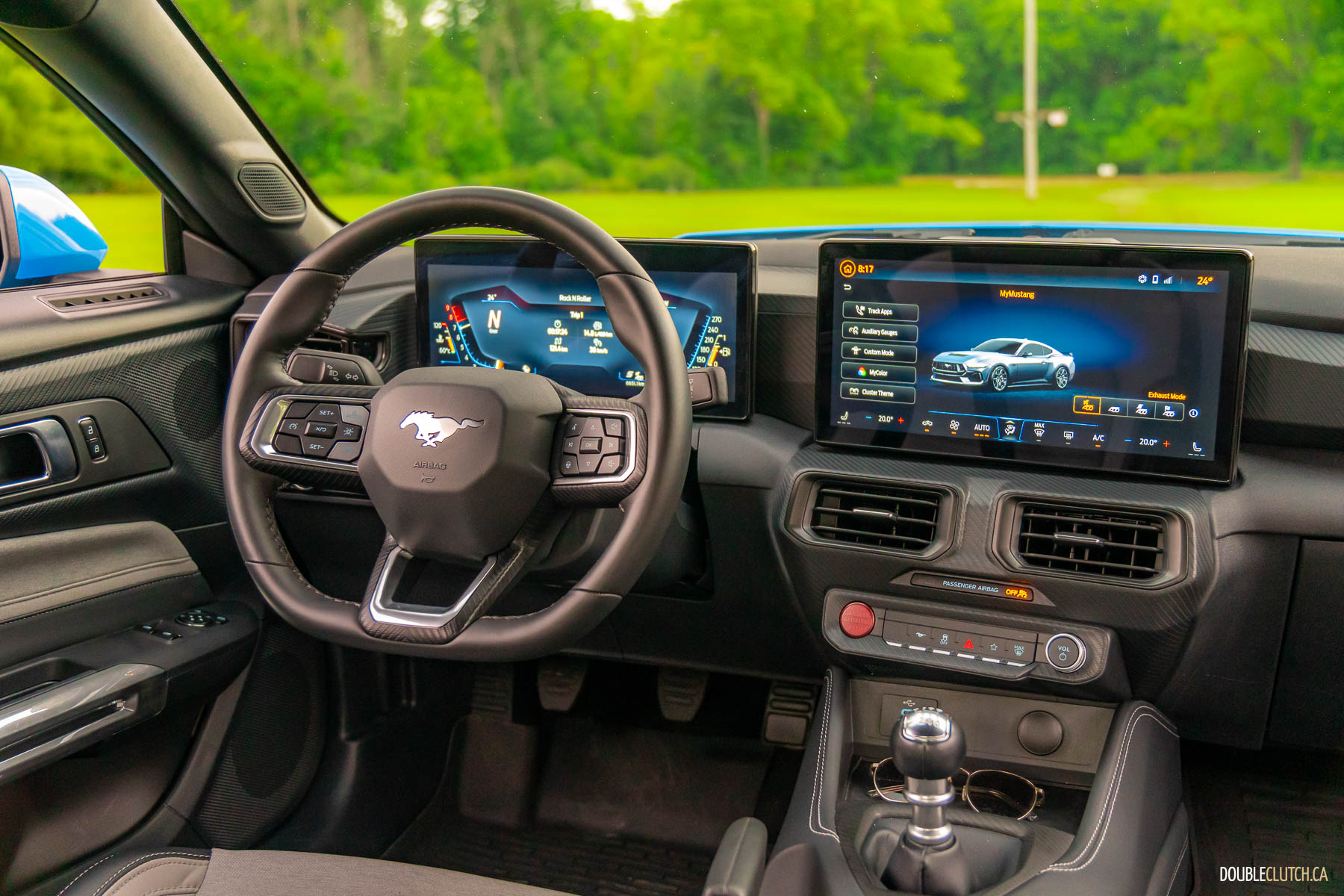
For all my vitriol of Ford’s hardware presentation here, the software is pretty solid. I like what they’ve done with the gauge cluster, doing what few other carmakers do and taking advantage of the fact that it’s a digital display that can be anything. Ford offers no less than themes, including a 60s style theme and an 80s-era “Foxbody” layout. The centre display is basically an extension of Sync we’ve seen elsewhere, with a simplified home screen prioritizing media playback and phone integration for its standard wireless Apple CarPlay and Android Auto.
The deletion of physical climate controls is disappointing, and when combined with some material choices — the door cards and lower dash are a low-rent Tupperware knock-off that scratches way too easily — I can’t escape from the idea that some serious cost-cutting took place to keep this car viable. That’s never a good thing. We all know cost cutting is a real thing in this business and is the justification behind the onslaught of screens, but I shouldn’t be aware of it so acutely.

I’m halfway inclined to give this Mustang a pass, though. The Premium trim one step above solves a good chunk of the problems I have with the cabin. And, as I opened with, this car stands alone. Not only are its direct domestic competitors dead, nothing else out there comes even close to offering what this Mustang does for its sub sixty-grand sticker — $59,380 as-tested for this car, to be exact. If your heart is set on a fast car with a throbbing V8 and a proper manual transmission, the next step up is a Cadillac CT5-V Blackwing for nearly a hundred grand.
The Mustang has always been a special car, but it’s taken some 60 years to return to being as special as it once was. Just like in 1964, there’s nothing else like it to fulfill so many niche needs to so many different demographics. It has to be a serious performance car to some, a cool cruiser to others, a usable daily driver to everyone — and it has to do it all in an approachable way, at an affordable price, and be an absolute icon all at once. The 2024 Ford Mustang GT Performance Package is one of the few cars that appeals to me just as much as it does to my mom [Thanks for reading, Nathan’s mom! —Ed.] and nothing else pulls that off. What a car.

